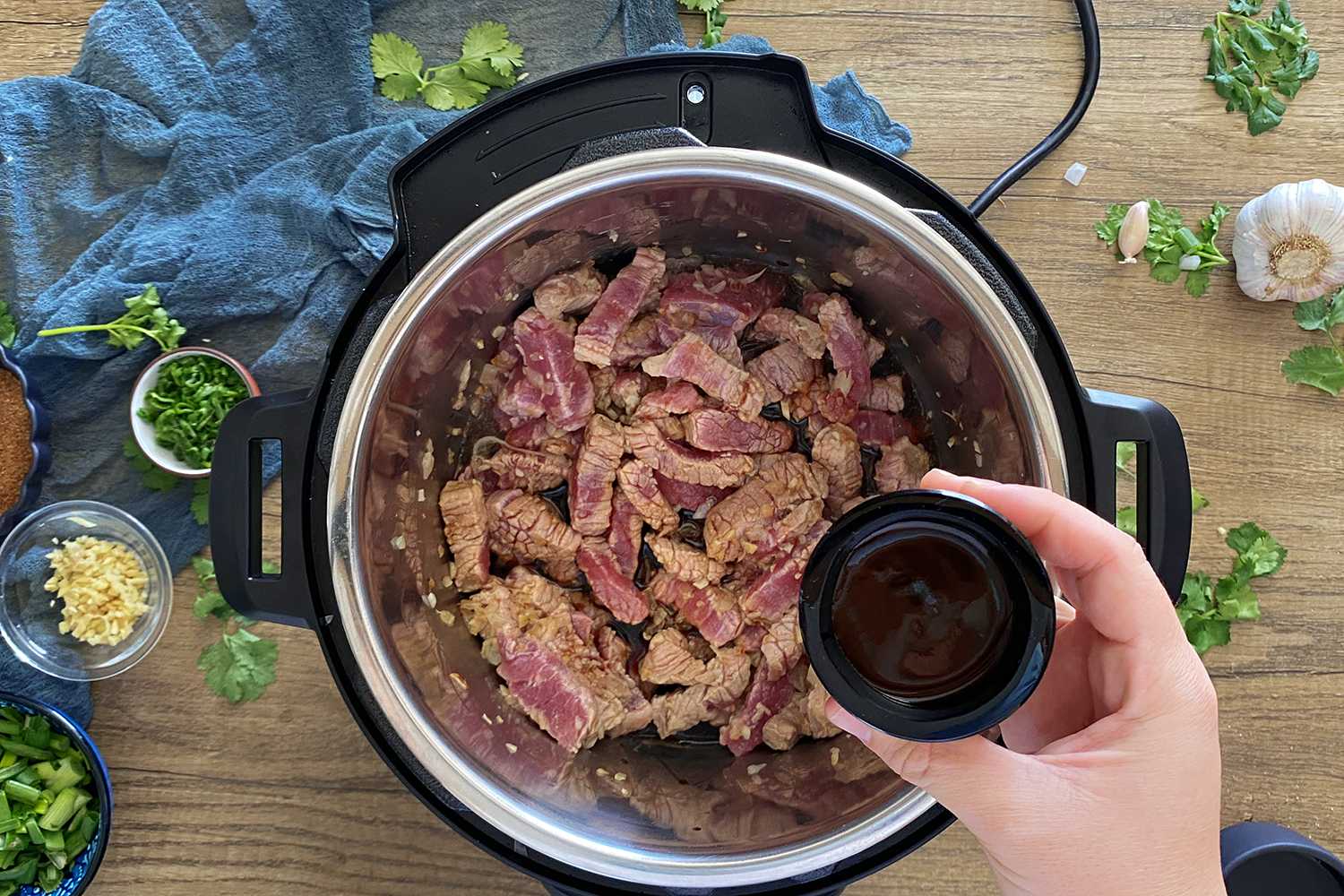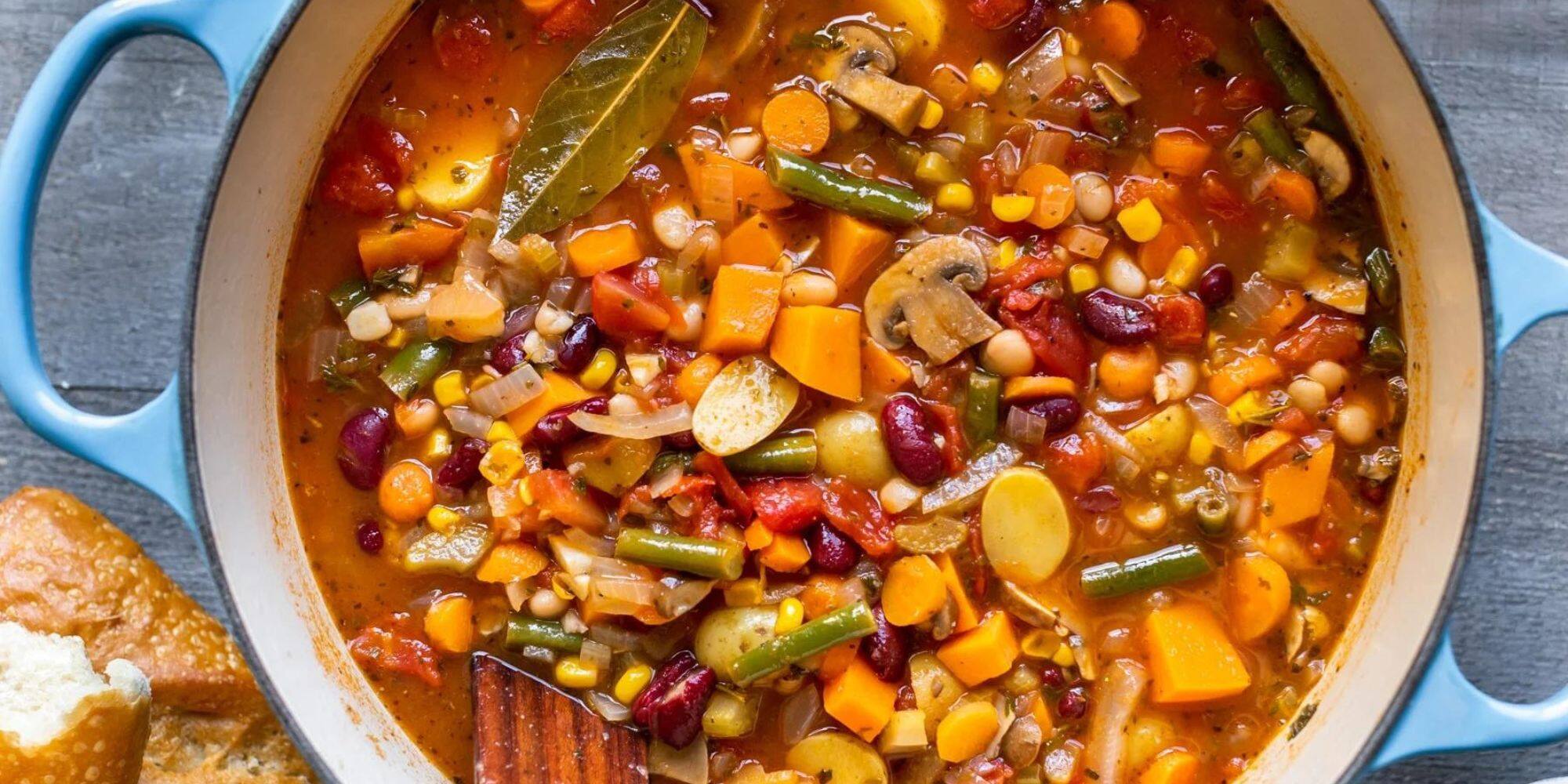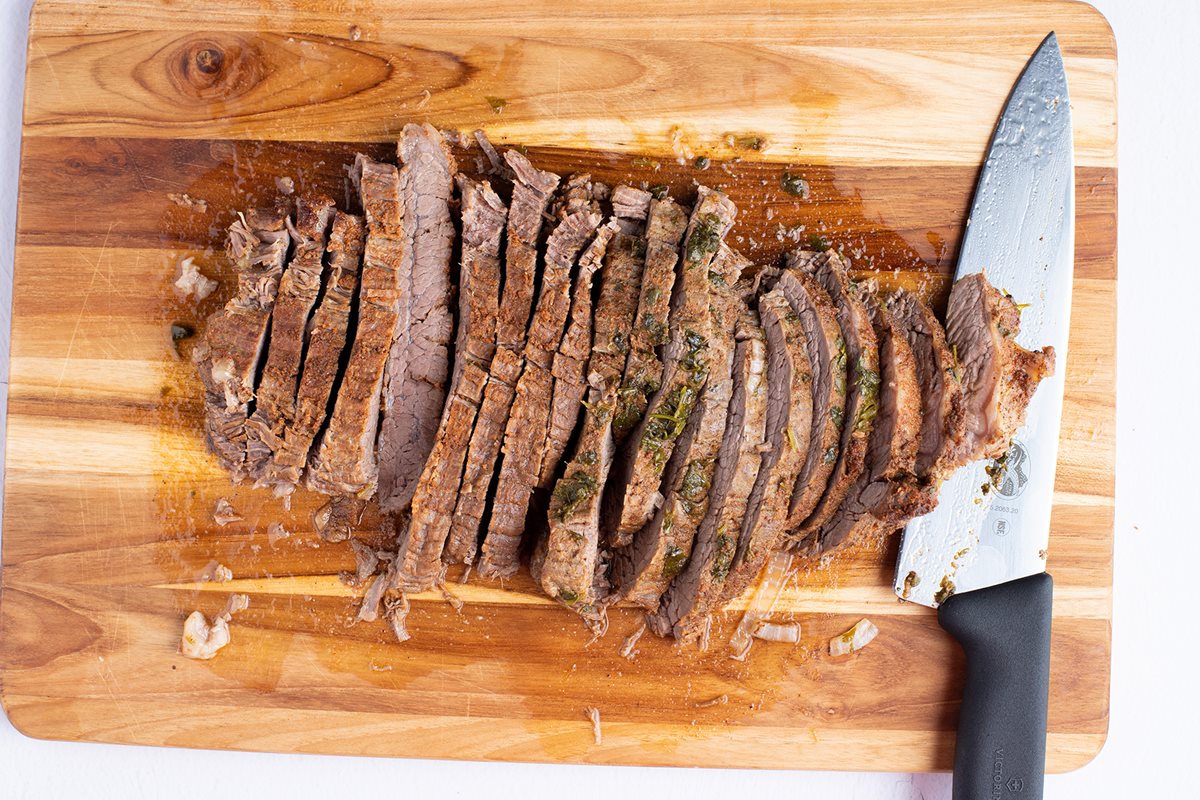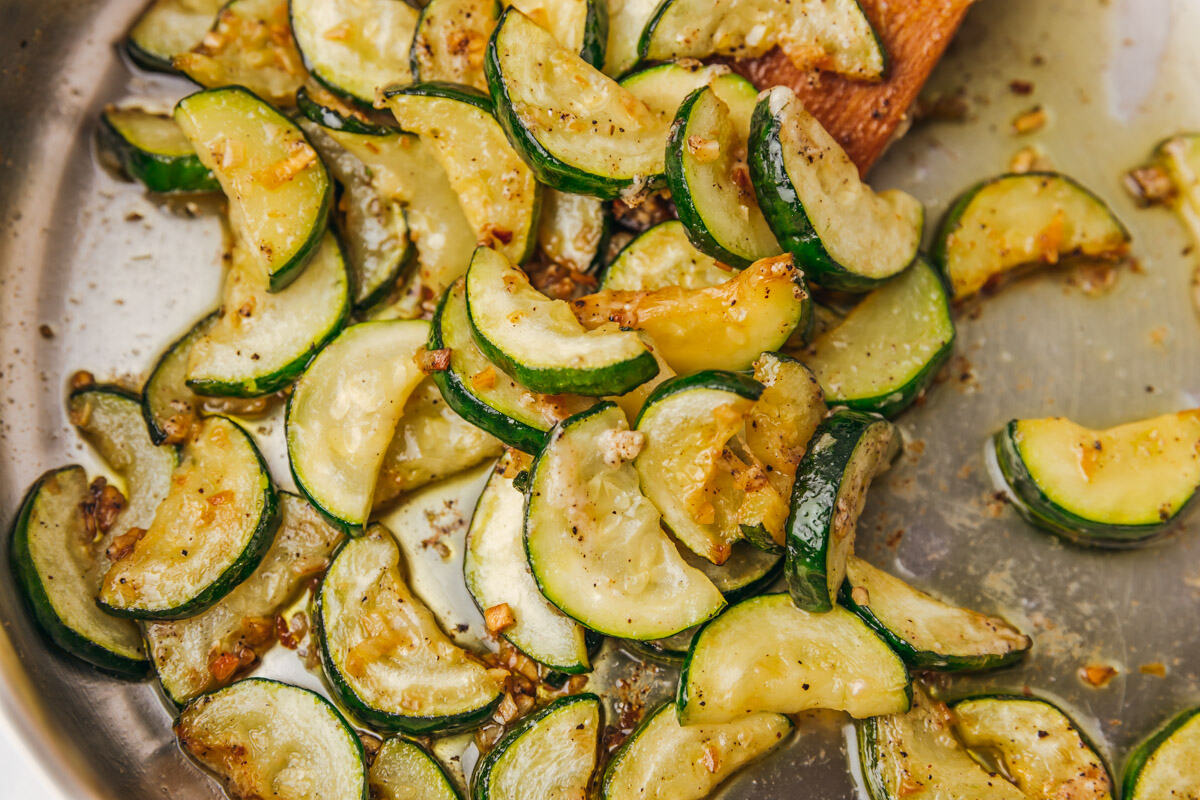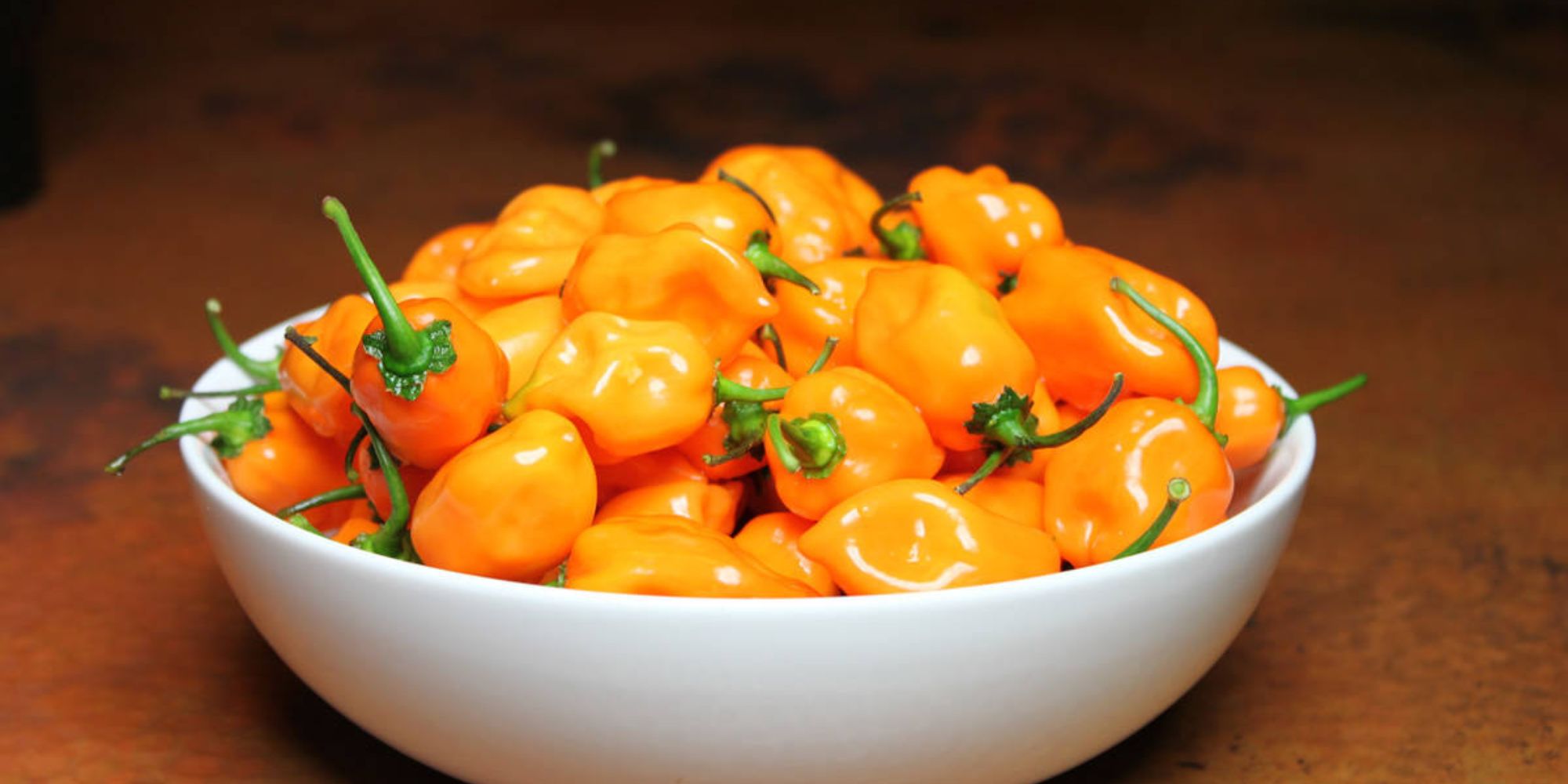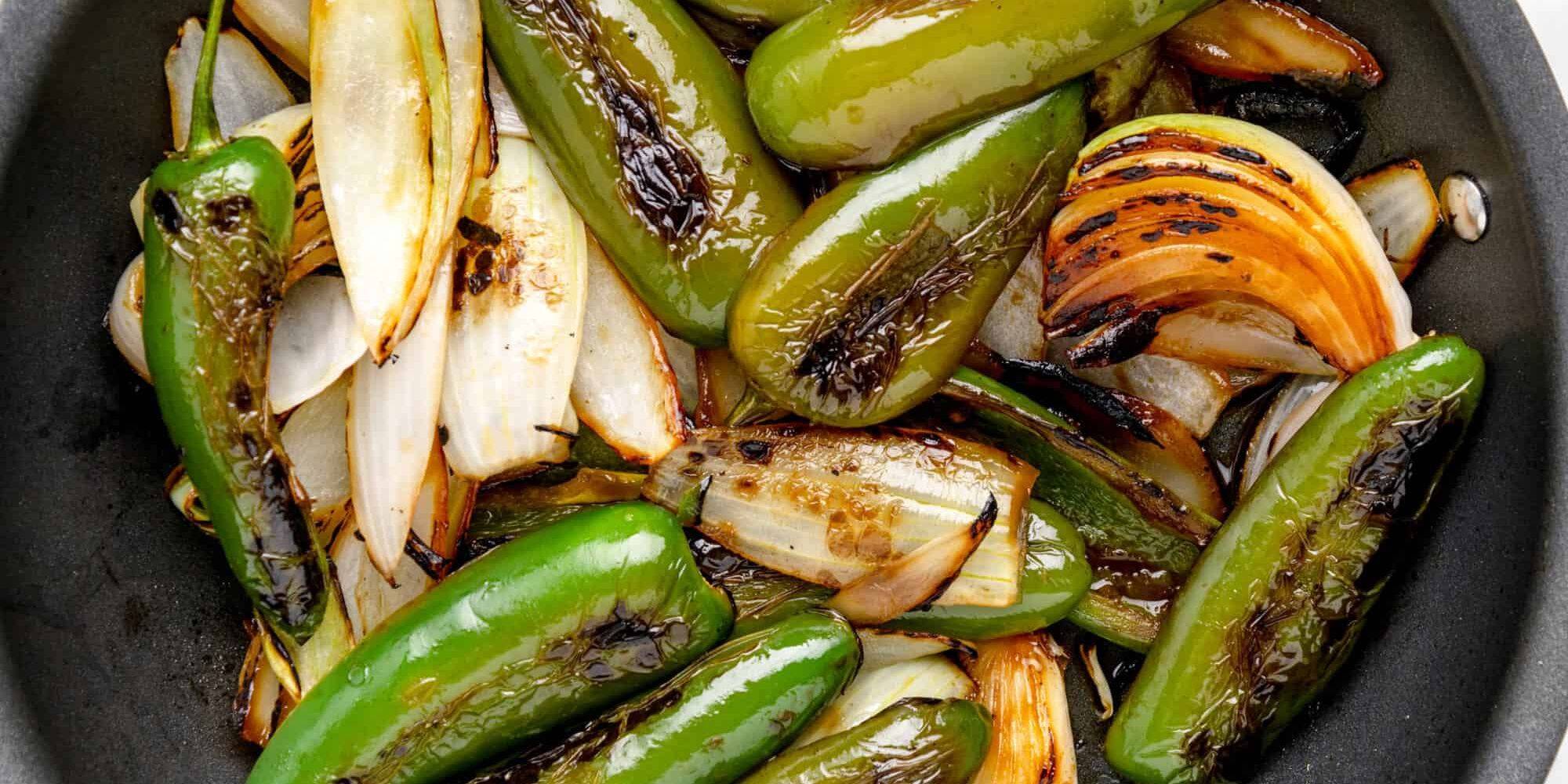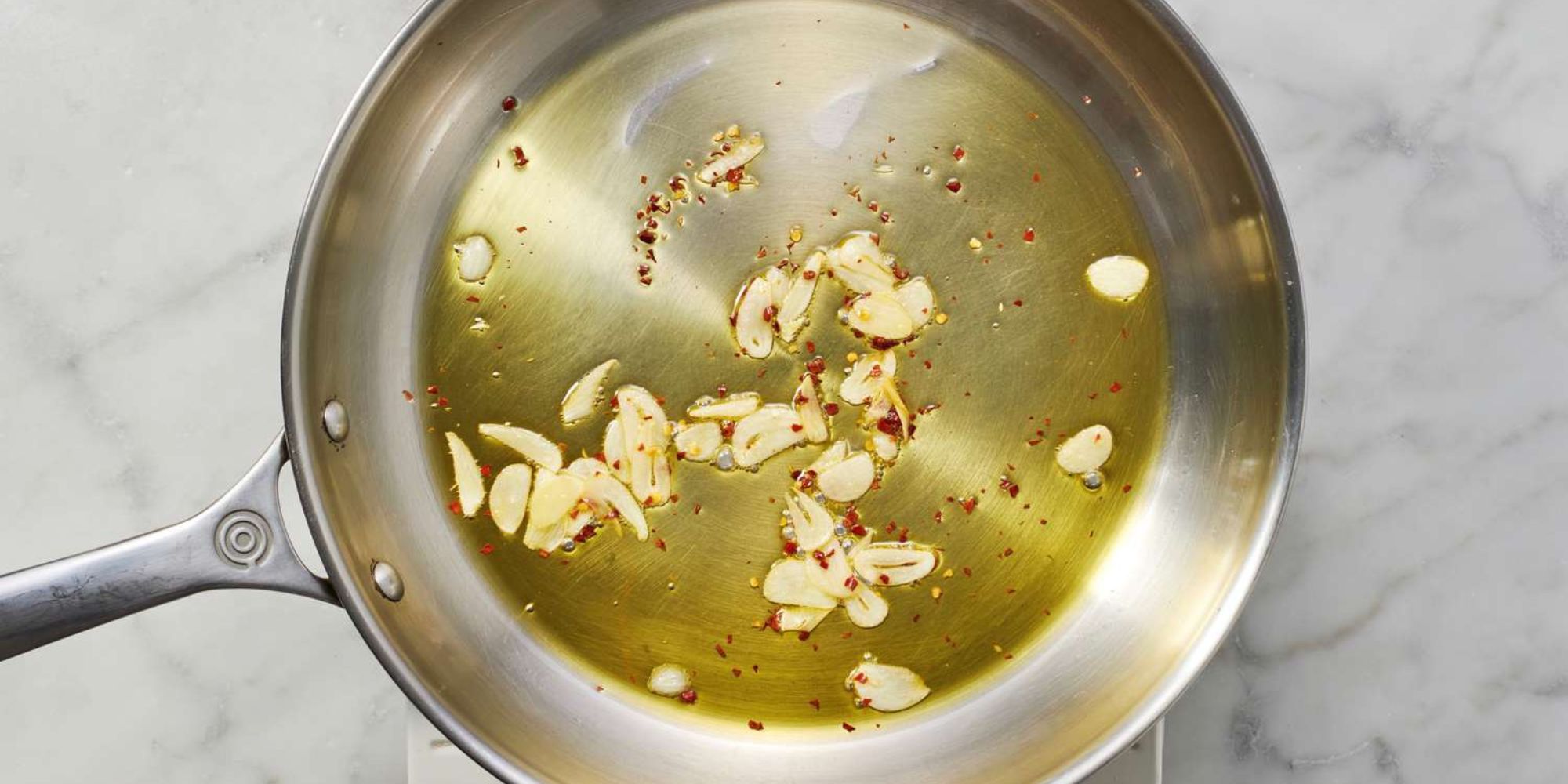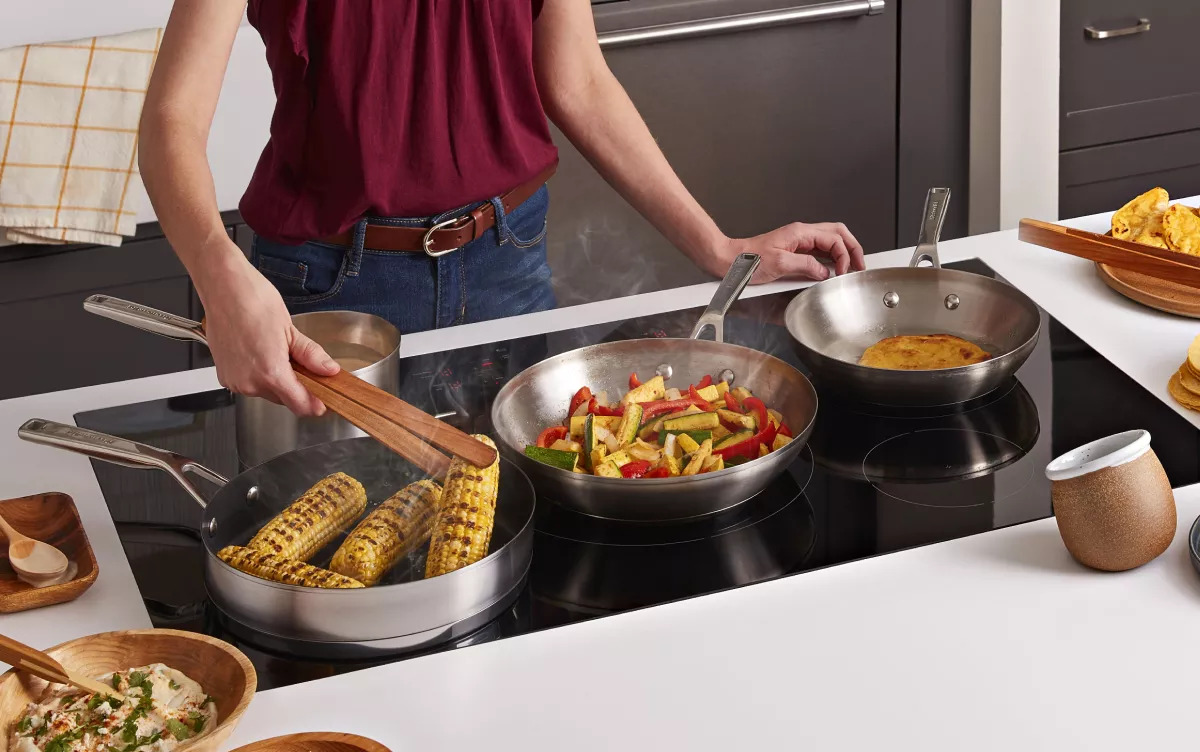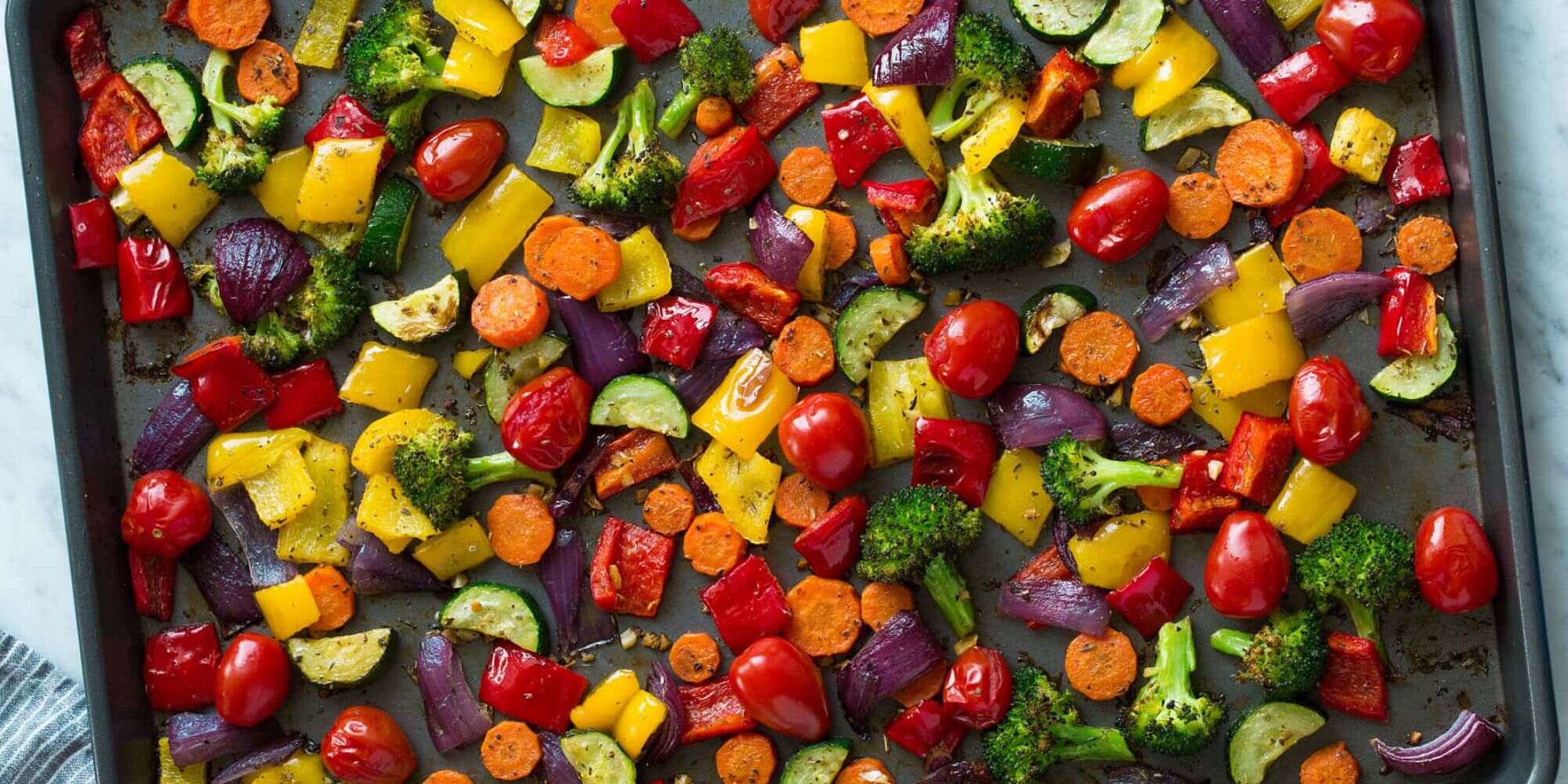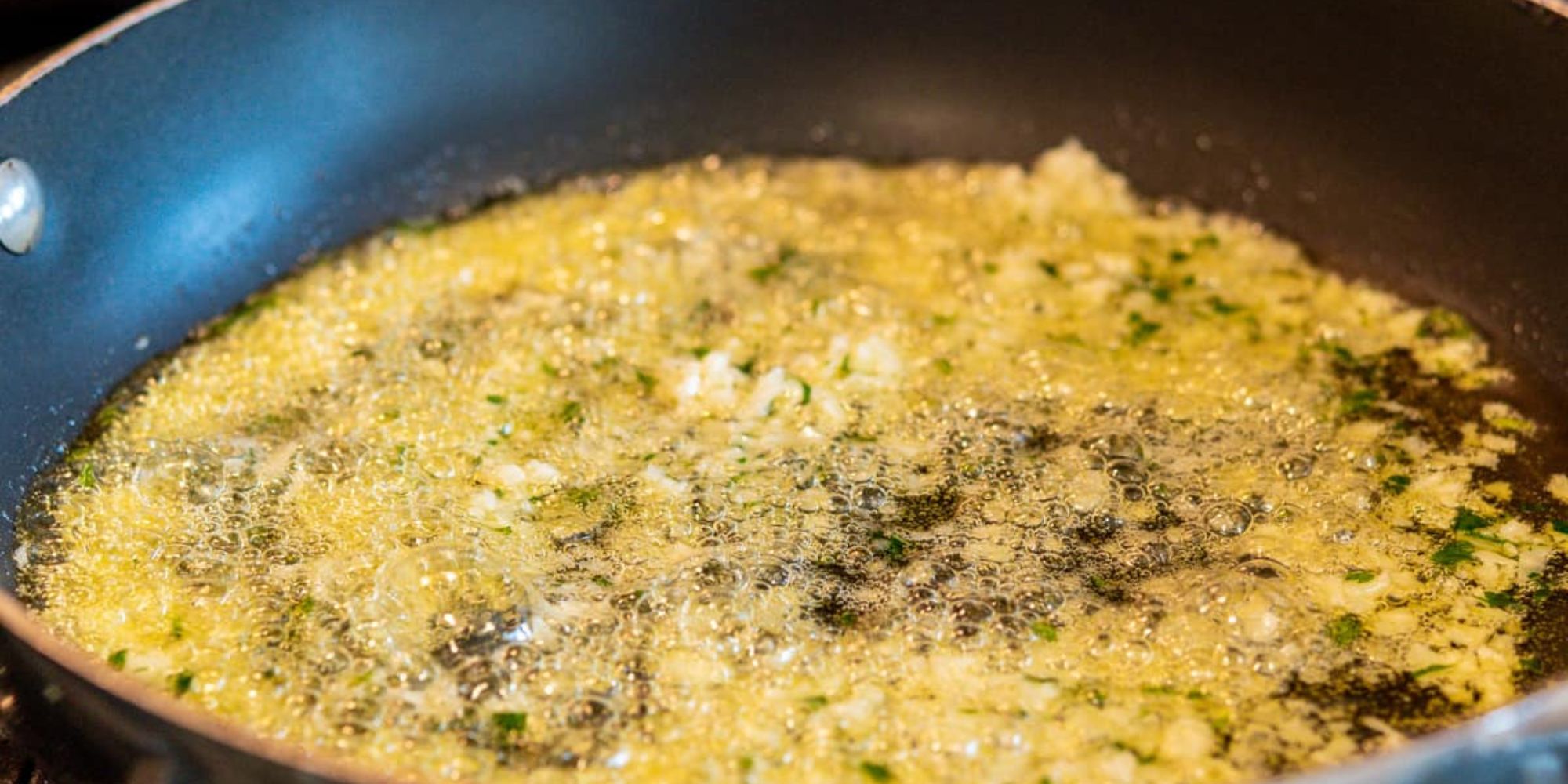Sautéing beef is a culinary technique that transforms simple ingredients into a mouthwatering dish. This method involves cooking beef quickly in a small amount of hot oil or butter over medium-high heat. Perfect for weeknight dinners or special occasions, mastering the art of sautéing beef unlocks endless possibilities for flavor and tenderness. Whether you're aiming for a juicy steak, stir-fry, or a savory filling for tacos, understanding the basics of sautéing beef is essential. With just a pan, some oil, and a piece of quality beef, you're on your way to creating delicious meals that will impress anyone at the table.
Essential Ingredients for Sautéing Beef
- Beef slices (preferably tender cuts like sirloin or tenderloin)
- Salt
- Black pepper
- Olive oil or vegetable oil
- Garlic (minced)
- Onion (sliced)
- Soy sauce
- Butter (optional for richness)
- Fresh herbs (like thyme or rosemary, optional)
- Vegetables (bell peppers, mushrooms, optional for variety)
Must-Have Tools for Perfect Beef Sauté
- Skillet or frying pan (preferably non-stick or cast iron)
- Spatula or tongs for flipping and stirring
- Cutting board for slicing beef
- Sharp knife to cut beef into strips or pieces
- Measuring spoons for spices and seasonings
- Mixing bowl (optional, for marinating beef)
- Stove for cooking
- Plate or serving dish for the finished dish
For perfectly sautéed beef, slice meat thinly against the grain. Heat pan over medium-high, add oil, then cook beef quickly until browned. Season well for enhanced flavor.
The Art of Sautéing Beef: Why It Matters
Sautéing beef unlocks flavors and textures that other cooking methods can't match. This technique involves cooking beef quickly in a pan over high heat with a small amount of fat. Such a method ensures the meat is browned on the outside while remaining tender and juicy inside, enhancing its natural taste.
Understanding how to sauté beef properly is crucial for any amateur chef aiming to elevate their culinary skills. Mastery of this technique allows for the creation of a variety of dishes, showcasing the versatility of beef. It's a fundamental skill that serves as a foundation for exploring more complex recipes and cooking styles.
Mastering Beef Sauté: A Step-by-Step Guide
Step by Step Guide: How To Sauté Beef
-
Prepare Beef: Start by slicing your beef into thin strips or bite-sized pieces. This ensures even cooking and a tender result.
-
Season Beef: Generously season your beef strips with salt, pepper, and any other spices you prefer. Garlic powder, paprika, or a blend of your favorite herbs can add extra flavor.
-
Preheat Pan: Place a large skillet or frying pan over medium-high heat. Allow it to get hot, which should take about 2 minutes. A properly heated pan is crucial for sautéing.
-
Add Oil: Once your pan is hot, add a tablespoon of cooking oil. Choose an oil with a high smoke point, such as vegetable oil, canola oil, or grapeseed oil. Swirl to coat the bottom of the pan evenly.
-
Test Pan: To test if the pan is ready, add a single piece of beef. It should sizzle upon contact. If it does, your pan is at the perfect temperature.
-
Sauté Beef: Add the rest of your beef strips to the pan in a single layer, making sure not to overcrowd the pan. Overcrowding can lead to steaming instead of sautéing, which might make the beef tough.
-
Let Beef Sear: Let the beef cook undisturbed for about 1-2 minutes or until the underside forms a nice, golden-brown sear. Resist the urge to move the beef around as it cooks.
-
Flip Beef: Using tongs or a spatula, flip the beef strips to sear on the other side. This should take another 1-2 minutes. Adjust the heat if necessary to prevent burning.
-
Stir Beef: Once both sides are seared, you can stir the beef occasionally, allowing it to cook through evenly. This process should take an additional 2-3 minutes for medium-rare, depending on the thickness of your slices.
-
Check Doneness: To ensure your beef is cooked to your liking, use a meat thermometer. For medium-rare, look for a temperature of 145°F (63°C). Remove the beef from the pan once it reaches your desired doneness.
-
Rest Beef: Transfer the sautéed beef to a plate and let it rest for a few minutes. Resting allows the juices to redistribute throughout the meat, ensuring a moist and flavorful bite.
-
Serve: Your sautéed beef is now ready to be served. Enjoy it on its own or as part of a larger dish.
Mastering the Art of Sautéed Beef
Sautéing beef is a skill that turns a simple meal into a culinary delight. With the right cut, proper heat, and a bit of seasoning, you've got a dish that's both delicious and quick to make. Remember, choosing lean cuts like sirloin or tenderloin ensures tenderness. Preheating your pan and oil prevents sticking and achieves that perfect sear. Don't overcrowd the pan; give each piece its space to ensure even cooking and a beautiful crust. Season well but keep it simple; salt, pepper, and a touch of garlic can elevate the flavor without overpowering the beef's natural taste. Finally, let it rest before serving to lock in those juices. Master these steps, and you'll impress not just yourself but everyone at the table. Sautéed beef, when done right, is a testament to the beauty of simplicity in cooking.
For those looking to master the art of sautéing beef, there is a wealth of recipes to try. The Beef Fajitas Recipe and Beef Tacos Recipe are perfect for lovers of Mexican cuisine, offering vibrant flavors and a quick cooking time. If you're in the mood for Asian-inspired dishes, the Beef and Broccoli Stir Fry Recipe and Beef Bulgogi Recipe provide a delightful blend of savory and sweet notes. For a touch of elegance, the Beef Stroganoff Recipe with its creamy sauce is a comfort food classic that’s hard to beat. The Pepper Steak Recipe adds a bit of spice to your sautéing skills, while the Mediterranean Sautéed Beef Recipe brings a fresh, herby twist to the table. Each of these dishes highlights different techniques and flavors, making them excellent choices to practice and enjoy.
All Your Questions About Beef Sauté Answered
How do I choose the right cut of beef for sautéing?
Opt for tender cuts like sirloin, tenderloin, or rib-eye. These cuts cook quickly and remain juicy, making them perfect for sautéing.
What's the best way to prepare beef before sautéing?
First, pat your beef dry with paper towels to remove excess moisture. This helps in getting a nice sear. Then, season generously with salt and pepper. For an extra kick, you can also add your favorite spices or a marinade.
How hot should the pan be for sautéing beef?
Your pan should be hot, but not smoking. Aim for a medium-high heat, which allows the beef to sear beautifully without burning. A drop of water should sizzle and evaporate on contact if the pan is ready.
Is oil necessary for sautéing beef?
Yes, but just a bit. Use a high-smoke point oil like canola or vegetable oil. This prevents the oil from burning. Remember, you're not deep frying, just lightly coating the bottom of the pan.
How long does beef need to sauté?
This depends on how you like your beef cooked. For medium-rare, aim for 2-3 minutes per side. If you prefer medium, go for 4-5 minutes per side. Always let the beef rest for a few minutes after cooking to redistribute the juices.
Can I sauté beef with vegetables?
Absolutely! Just remember, veggies might need a different cooking time. Start with the beef, then remove it and cover to keep warm. Sauté your veggies in the same pan, adding more oil if needed. Combine them at the end for a delicious meal.
Any tips for ensuring my beef turns out flavorful and tender?
Sure thing! Don't overcrowd the pan; this steams the beef instead of sautéing. Also, avoid flipping the beef too soon. Let it develop a nice crust before turning. Lastly, slicing against the grain will make your beef more tender and easier to chew.
